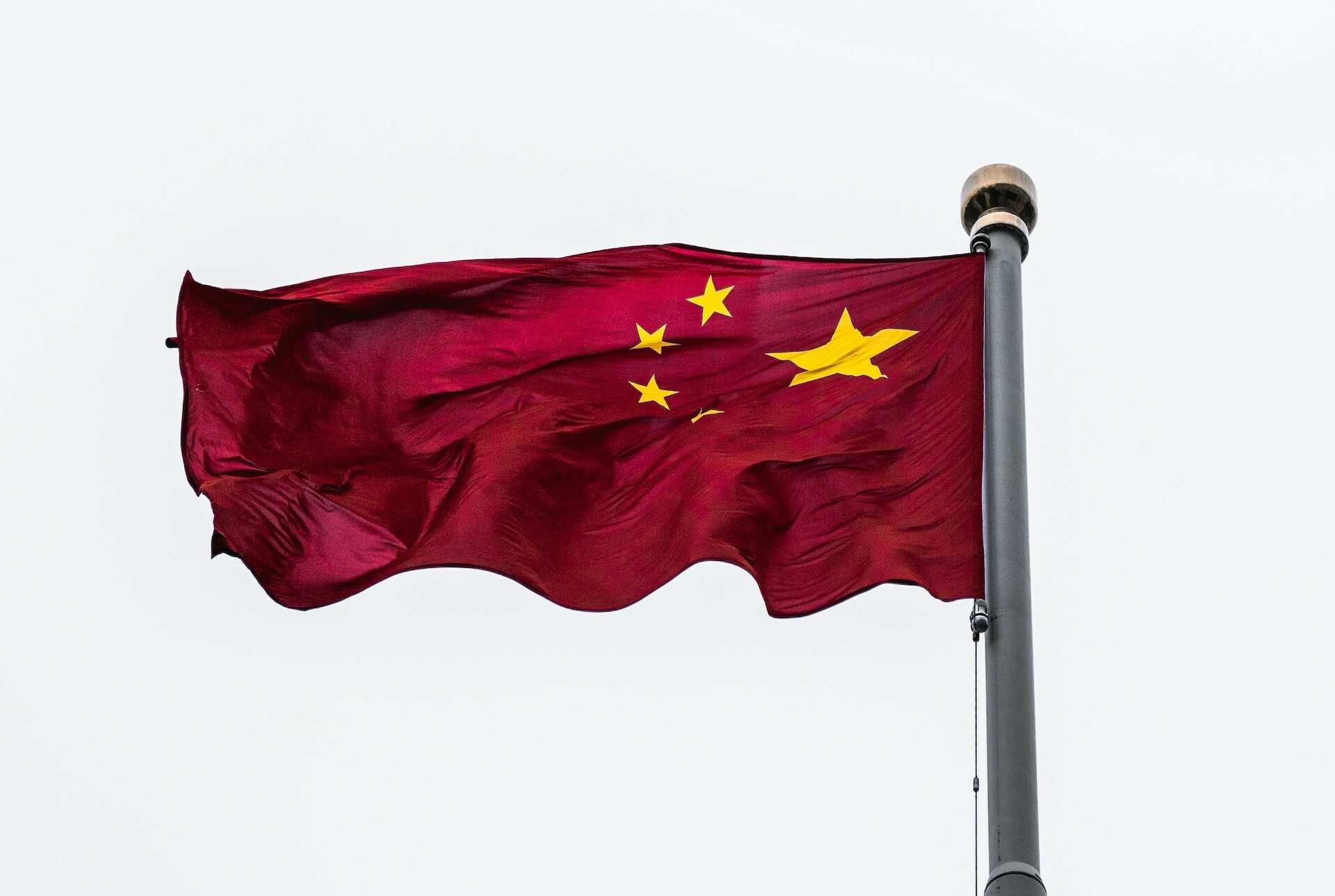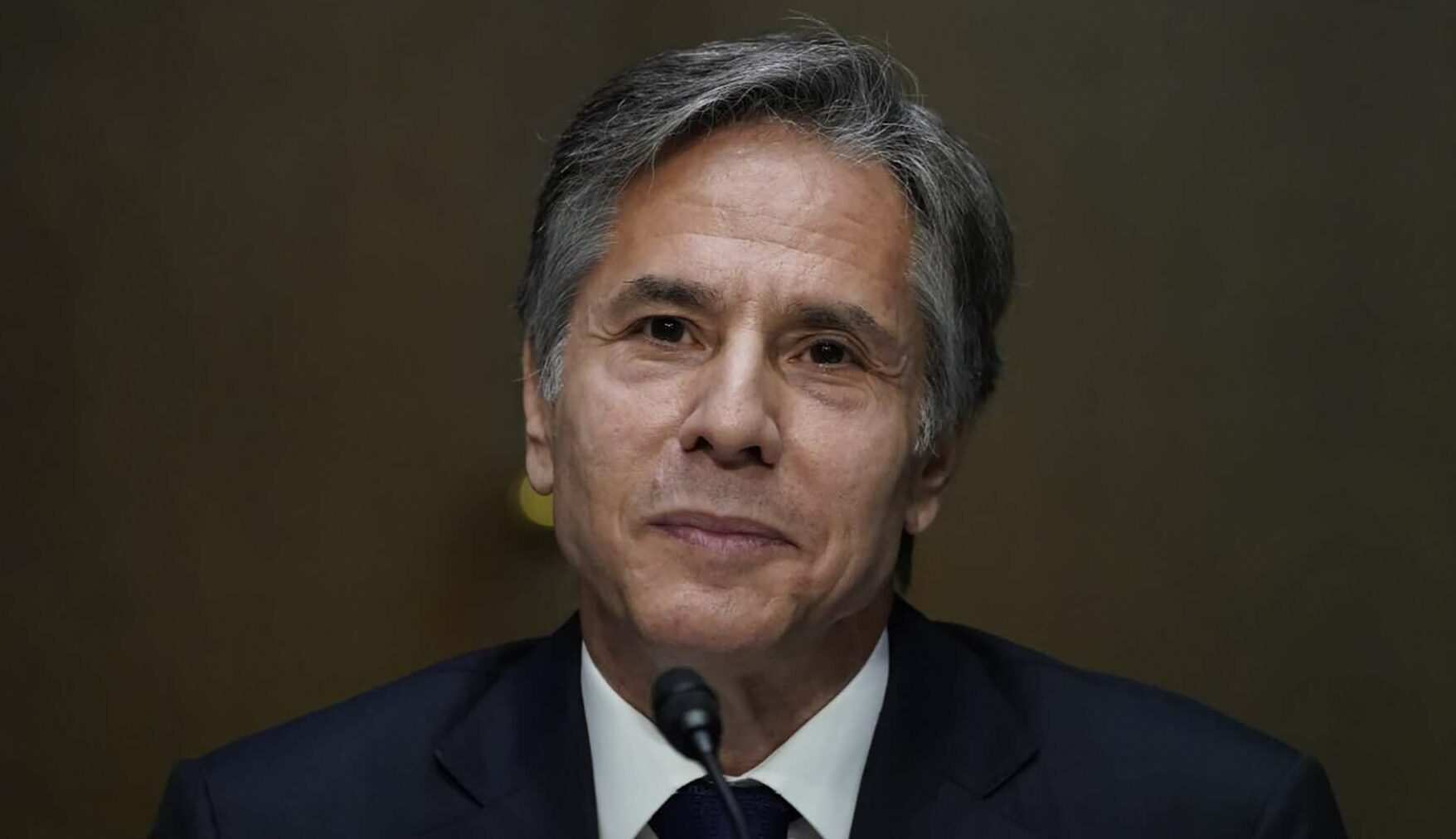In the world of video games, there are plenty of so-called dating simulators, a.k.a. “dating sims,” in which players can craft a personality, meet potential partners and try to win them over. “Thirsty Suitors” is not that, and makes it clear what we’ve been missing in video games: the breakup simulator.
Despite a title that implies sexual shenanigans, “Thirsty Suitors” is a game about the emotional mess caused by relationships, as well as the power that can come from confronting our past mistakes. There are battles, but they are more bouts of barbed words than they are high-action sequences.
We as the character of Jala fling insults and harsh reminisces of the past, all while ducking basketballs, skateboards or giant pieces of cake by attempting to push a controller button in rhythm. The real pain, however, comes from the game’s words. “I kept trying to change myself for you,” one ex tells our protagonist, “but now I realize you didn’t know what you wanted.” It stings as much as any of the game’s exaggerated fight moves, one of which involves calling Mom for help to squish a former lover with a sandal. Such humor helps the emotional warfare go down a little easier.
Each confrontation ends in some form of reconciliation, as the game aims to show the importance of forming healthy relationships with those we have become close to. “Thirsty Suitors” early on spells out its goals: “Friendship and emotional maturity.” It’s unclear if Jala, our hero, has the strength for it, but each encounter with an ex — some relationships more strained and traumatic than the others — helps her better articulate her emotions, her failings and how she came to villainize former partners. Fault, in “Thirsty Suitors,” is assigned equally.
Developed by Seattle-based Outerloop and published by Los Angeles studio Annapurna, “Thirsty Suitors” was released last week for home computers and most consoles. I went in with trepidation. I feared it would be triggering, as I’m still in the midst of coming to terms with the dissolution of my last relationship.
Spending a dozen hours with a narrative-focused game reliving breakups didn’t seem, to use an unfair video game term, fun. But what I found was something that felt rather comforting, its deep dives into multiple scorched-earth breakups showing the way miscommunication can lead to misunderstandings and unfair demonization. Even in a situation where reconciliation seems an impossibility, “Thirsty Suitors” places the emphasis on growing and healing through difficult conversations.
“Thirsty Suitors” isn’t saying one should go out and have probing conversations with all of their exes. In some cases, experts say, that can be beneficial, but it’s not always a recommended idea. There are questions to be asking first, says Dr. Gary Brown, a Los Angeles-based couples therapist. “When you think of reconciliation, is it something you would like? Is it something the other would like? If one or both of you wants to reconcile, what’s your best-case scenario for what that could look like?”
In “Thirsty Suitors” Jala is a character in her 20s, born to an Indian mother and a Sri Lankan father. Her motivations are, admittedly, somewhat selfish. She’s striving to become a better person, and seeking ways to stop repeating mistakes, be that in her personal or familial relationships — all of which is commendable.
But it’s also done at the risk of potentially forcing those she cares about to relive past trauma. Her exes have various motivations of their own, be it a form of revenge or getting back together. If there’s a commonality, Jala and her various exes come to realize their various hangups and unresolved personal issues often lead to a lack of open, honest communication.
A beauty of interactive entertainment, however, is that games feel like a dialogue between the developers and the player. Jala, in other words, is opening old wounds so we can heal from them.
As we direct Jala to skateboard through town to seek out former partners and puppeteer her conversations, we are asked not just to think about her patterns but our own. That’s because we steer her responses, and in turn past conflicts that were treated as earth-shattering now become opportunities for talking — or self-reflection. There wasn’t a situation in “Thirsty Suitors” that one-to-one mirrored my own, but there’s a lot of unresolved emotions and candle-holding, which felt relatable.
All of it raises a question for exploration: Are we letting the past define us, or are we learning from it and actually changing? By forcing characters to hash things out, “Thirsty Suitors” shows the benefit of the latter. Jala’s conversations become our own, turning “Thirsty Suitors” into something of a safe space to simulate post-breakup heart-to-hearts, even if the setting is exaggerated (I haven’t discussed a skateboarding gang leader who dresses up as a bear, for instance).
The game sprung from personal heartbreak. Writer Meghna Jayanth was crafting Jala’s stories while processing a breakup. “I would say that I did this in parallel with therapy,” Jayanth says. “I will admit there were times I would write first drafts of scenes and get to the end and be like, ‘Right. This is for therapy. This is not for the game.’”
While there’s flirting in “Thirsty Suitors,” this isn’t a game about Jala and an ex getting back together. It’s a game about Jala and someone she cares about starting over, and recognizing that they don’t know what the future holds, if anything at all. One ex immediately bolts. Another recognizes it will be hard work to maintain contact.
“I think maybe the biggest truth from my own experience that went into the game is going from this feeling of devastation — the loss of a future you imagined — to almost falling in love with the possibility that opens up,” Jayanth says. “There’s a joy in having your life planned out and making it with someone else, but there’s also a deep joy in having that open up, especially when you’re a little bit older.”
No one in “Thirsty Suitors” is purely good or evil. While there’s a lot of avoidance and lying via a lack of directness, “Thirsty Suitors” avoids any extremely toxic situations. The bright, colorful animations — arguments and fights are in surreal landscapes — add a sense of joviality to the proceedings. The original concept, says Jayanth, was a game that dealt more broadly with arranged marriage and gradually evolved into something that was more personal. While “Thirsty Suitors” has fun with Indian matrimonial ads, even they are used to explore Jala’s relationship with her family.
What stood out, however, was how cheerily “Thirsty Suitors” was willing to deal with difficult conversations. It was something of a relief, especially in a culture that expects us to “move on” from a breakup typically after a few weeks or months. The emotional hurt from breakups in “Thirsty Suitors” lingers for years. Its acknowledgment of such made the game a comfort to play.
“I think, particularly in the West, there’s a cultural discomfort with pain. Several years ago, my uncle died after a protracted battle with cancer. Grief can be so isolating, and people are afraid of even talking about it. I’d go into these accommodations with people, and no one was mentioning that I lost somebody,” Jayanth says, theorizing that her friends didn’t want to trigger her.
“But you’re not going to remind me of anything I can’t forget,” Jayanth continues. “I know we play some of the suitor’s obsessiveness and inability to get over things a little bit for laughs at times, but we’re not making fun of the fact that they care. They really cared for Jala. And Jala did care for them. And there is no time limit on that. … Lots of us learn to stop talking about it, and pretend that we’re OK, and I don’t think that helps anyone.”
“Thirsty Suitors,” then, isn’t an argument that all relationships must lead to friendships. It’s a heightened, metaphorical work that theorizes that in order to truly heal we need to have unprejudiced and forthright conversations with ourselves about our past and our role in our failed relationships. After all, not every relationship can have the neat closure — or potential for a future — that Jala seeks.
“How do we get closure on our own?” asks Becky White, a licensed marriage and family therapist and the founder and director of Los Angeles-based Root to Rise Therapy. “Does it mean we have to expose ourselves to the person who hurt us? Or can we do it by writing a letter we don’t give? Or a cord-cutting meditation visualization? There’s ways to obtain closure without exposing yourself.”
Perhaps by playing a game.
___
© 2023 Los Angeles Times
Distributed by Tribune Content Agency, LLC.









